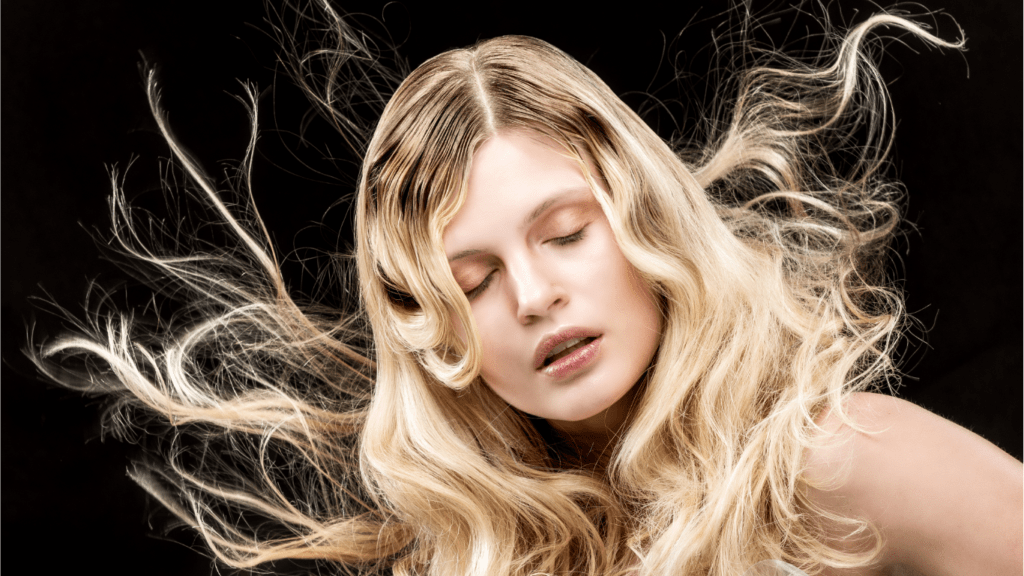Understanding Hair Color Basics
Transitioning from dark to light hair colors involves understanding some fundamental hair color concepts.
Natural Hair Color Levels
Hair exists in ten levels ranging from black (level 1) to lightest blonde (level 10). Each level indicates the darkness or lightness of hair. Dark hair falls between levels 1 and 4, medium hair levels 5 to 7, and light hair levels 8 to 10. Knowing your starting level helps in choosing the right products and processing times.
- Permanent Dyes: Containing ammonia and peroxide, permanent dyes alter natural color by penetrating the hair shaft. These are ideal for dramatic changes but can damage hair if not used correctly.
- Semi-permanent Dyes: Without ammonia or peroxide, these deposit color on the hair surface, lasting up to 8 washes. Best for subtle changes, they don’t lighten hair.
- Demi-permanent Dyes: Containing low levels of peroxide, these partially penetrate the hair and last 20 to 28 washes. They’re suitable for enhancing or darkening natural color.
- Temporary Dyes: Coating the hair surface without penetration, these washes out after 1-2 shampoos. Great for experimental colors, these cause no long-term damage.
Preparing for the Transition
Before lightening dark hair, it’s crucial to follow preparatory steps to ensure hair remains healthy throughout the process. Assessing hair health and selecting appropriate lightening methods can lead to the best results.
Assessing Hair Health
Evaluate the current condition of the hair. Check for signs of damage like split ends, brittleness, or excessive breakage. Healthy hair withstands the lightening process better. If hair shows damage, consider treatments such as deep conditioning masks or keratin treatments at least two weeks before lightening. Hydrated, strong hair reduces the risk of further damage during the color transition.
Choosing the Right Method
Determine the method for lightening hair based on its current state and the desired shade. Bleaching is often necessary for dark hair, but it can be harsh. Hair that’s in excellent condition can handle bleaching, while more vulnerable hair might benefit from a gradual approach using high-lift dyes. Consulting a professional stylist can provide tailored advice and minimize the risk of damage.
Lightening Methods
Transitioning from dark to light hair colors involves choosing the right lightening method to ensure safe and effective results. Various options exist to lighten hair, each suited to different needs and desired outcomes.
Professional Treatment Options

Professional treatment options offer superior results and minimize damage. Stylists customize techniques based on your hair’s condition and target shade.
- Balayage: Stylists hand-paint highlights for a natural look, ideal for subtle transitions.
- Foiling: They use foils to create precise highlights, allowing for controlled lightening.
- Full Bleach: This method strips hair of its natural color completely, best for drastic changes.
- High-Lift Dyes: These dyes lift natural pigments without heavy bleaching, suitable for minor lightening.
At-Home Lightening Kits
At-home lightening kits provide convenience but demand strict adherence to instructions for safety. Choose products designed for dark hair to achieve optimal results.
- Bleaching Kits: These kits contain bleach powder and developer, effective for significant lightening.
- Color Lifting Creams: Less harsh than bleach, these creams lift a few shades.
- Highlighting Kits: Including tools like caps or applicators for targeted highlights, useful for adding dimension.
- Toning Products: These neutralize brassiness post-lightening, maintaining the desired shade.
Selecting the right lightening method is crucial for a successful and healthy transition from dark to light hair.
Post-Color Care
To keep newly lightened hair healthy, follow essential post-color care practices. This helps maintain the vibrancy and integrity of your hair.
Maintaining Hair Health
Use sulfate-free shampoos and conditioners to avoid stripping natural oils. Condition hair after each wash to retain moisture. Apply deep conditioning masks weekly to restore any lost hydration. Regular trims prevent split ends which can lead to breakage. Avoid excessive heat styling; if necessary, use a heat protectant spray.
Recommended Products
Choose color-safe shampoos and conditioners designed for light hair. Opt for purple shampoos to neutralize unwanted brassy tones. Use leave-in conditioners with UV protection to shield hair from sun damage. Incorporate hair masks containing keratin and proteins to strengthen and repair bonds.
Common Mistakes to Avoid
Transitioning hair color from dark to light involves specific techniques to ensure healthy results. Avoid these common mistakes for the best outcome.
Skipping the Strand Test
Conducting a strand test reveals how your hair reacts to lightening products. Many skip this step, causing unwanted results. A strand test identifies potential damage and allows for adjustments before full application.
Overusing Bleach
Bleach effectively lifts color but overusing it leads to severe damage. Limiting bleach usage prevents breakage and dryness. Opting for professional help reduces the risk of over-bleaching.
Ignoring Hair Health
Hair health impacts color results. Ignoring deep conditioning and regular treatments weakens hair. Healthy hair withstands chemical processes better, leading to vibrant, lasting colors. Use nourishing masks and oils before lightening.
Rushing the Process
Lightening dark hair requires multiple sessions. Rushing this process causes damage and uneven tones. Space out sessions to allow hair recovery and achieve a consistent light color.
Neglecting Professional Advice
Professional colorists offer tailored advice. Neglecting their expertise leads to errors. Consult a professional to determine the best methods and products for your hair type.
Using Inappropriate Products
Using the wrong products affects lightening results. Opt for products designed for bleaching and color care. Avoid generic hair products lacking targeted formulations.
Ignoring Post-Color Care
Post-color care maintains lightened hair’s health and vibrancy. Ignoring this leads to fading and damage. Use sulfate-free shampoos, deep conditioners, and UV protectants for optimal care.
Misunderstanding Toner Usage
Toners neutralize brassy tones but misuse causes undesired colors. Understanding toner application ensures effective results. Seek professional guidance for correct toner selection and usage.Avoiding these mistakes ensures a safe, successful transition from dark to light hair colors.



 Founder & Hair Care Specialist
Edwardenn is the visionary force behind the website, with a deep passion for promoting healthy, beautiful hair. With years of experience in hair care and wellness, Edwardenn founded this platform to offer the latest hair care news, health tips, and expert advice. His mission is to empower individuals to understand and care for their hair, no matter their hair type or goals.
Founder & Hair Care Specialist
Edwardenn is the visionary force behind the website, with a deep passion for promoting healthy, beautiful hair. With years of experience in hair care and wellness, Edwardenn founded this platform to offer the latest hair care news, health tips, and expert advice. His mission is to empower individuals to understand and care for their hair, no matter their hair type or goals.

